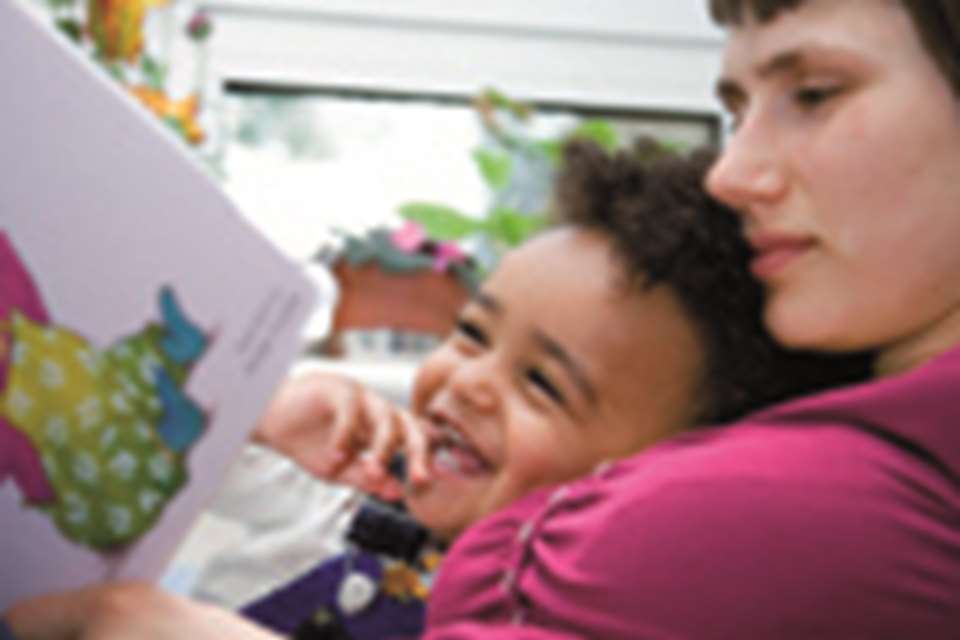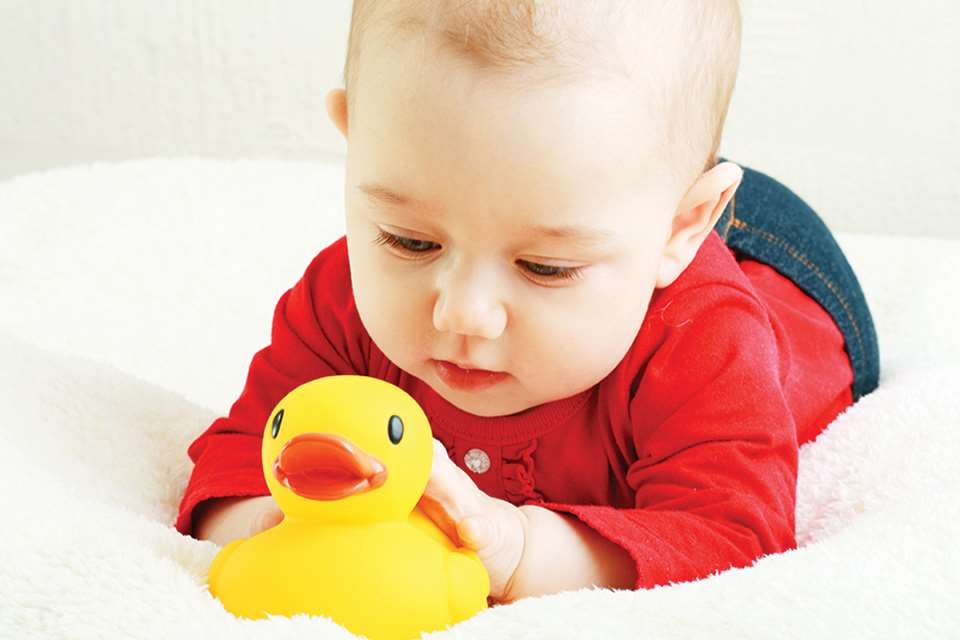EYFS Activities: We’ve explored… Humpty Dumpty
Annette Rawstrone
Monday, April 16, 2018
How a ‘crime scene’ based on the rhyme sparked lots of investigation. By Annette Rawstrone
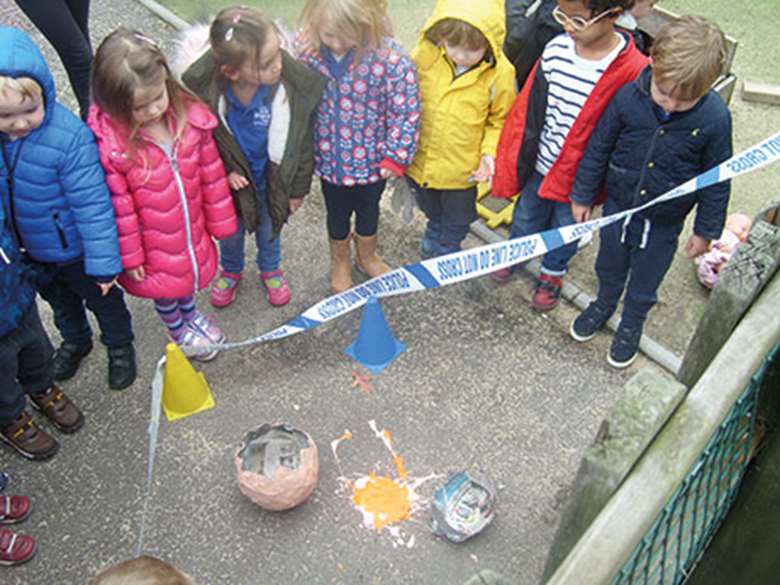
Download the PDF of this article
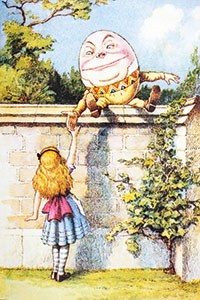 Humpty Dumpty sat on a wall. Humpty Dumpty had a great fall…’ or was he pushed? Pre-school children attending Bright Horizons’ Fleet Day Nursery in Hampshire were left with this dilemma when they found Humpty Dumpty in their outdoor area broken in half.
Humpty Dumpty sat on a wall. Humpty Dumpty had a great fall…’ or was he pushed? Pre-school children attending Bright Horizons’ Fleet Day Nursery in Hampshire were left with this dilemma when they found Humpty Dumpty in their outdoor area broken in half.
The smashed egg character led them to turn sleuth to find the culprit, as well as discussing and acting out nursery rhymes, thinking about their emotions and conducting egg-related science experiments.
‘I like to evoke excitement and do things that are a bit different and capture the children’s imaginations,’ says pre-school teacher Natasha Hoare. ‘My mantra is that if the children are having fun then they are going to be engaged and learn more.’
She surreptitiously set up the ‘crime scene’ with a broken Humpty Dumpty made from a balloon covered in papier-mache to coincide with World Nursery Rhyme Week (see More information), aimed at helping children to master key skills such as language and communication and social, physical and emotional skills through nursery rhymes.
The children found the broken egg at the bottom of a wall cordoned off with police tape tied around cones, along with egg yolk, some dolls and teddies and suspicious yellow footprints leading from the scene.
EXCITEMENT AND INTRIGUE
‘We’d read the nursery rhyme in the morning, discussed it and looked at a range of illustrations to see how different people portray Humpty Dumpty, because it doesn’t actually say in the rhyme that he is an egg,’ explains Ms Hoare.
‘Children acted out the rhyme using masks and toys. We also talked about the rhyming words and substituted them for different words to make our own silly rhymes and have fun with words, such as “Humpty Dumpty sat on a chair; Humpty Dumpty fell down the stair”.’
The crime scene then added real excitement and intrigue to the project. ‘I didn’t want the children to just sit and discuss the rhyme,’ says Ms Hoare. ‘Their faces were a picture when they later went outside and actually saw Humpty Dumpty. Some were quiet and their jaws dropped, while others ran over and were elated because they’d learnt about him and knew who the character was. Others started to recite the rhyme.’
Stumbling across a broken Humpty Dumpty in the nursery grounds brought the nursery rhyme to life for the children and the excitement led to them posing lots of questions, such as: ‘Was he pushed or did he fall?’ ‘Where are the king’s horses?’ ‘What should they do?’ and ‘How could they make the area safe?’
‘There was a lot of sustained shared thinking as the scenario encouraged the children to think of their own questions and answers,’ says Ms Hoare. ‘The older children scaffolded the younger children’s learning as they discussed what might have happened.’
Some children responded by acting out being the king’s horses and men and galloping around the outdoor area, while others became investigators and began to search the nursery garden for clues to what happened. They used magnifying glasses to look closely and practitioners introduced the idea of fingerprints and how they are all unique so the police use them to identify culprits.
Children used flour and paint brushes to dust the crime scene and look for fingerprints. This activity was later extended in the nursery with children using ink pads and paint to explore their own fingerprints, examine them with magnifying glasses and compare them with their friends’ prints.
‘This concept stuck with some children who were later heard to comment that they knew a child had been playing with a certain toy because it had their fingerprints on it,’ recalls Ms Hoare.
PROBLEMS SOLVED?
In their search for the culprit, the children turned their attention to all the dolls and teddies located near the crime scene. They worked out that Humpty had probably been pushed over by a doll because they followed the ‘yolk’ footprints and found yolk on the baby’s foot too.
‘Some children gave the baby a telling off and asked why the baby would push Humpty Dumpty,’ says Ms Hoare. ‘Children suggested why it might have happened and that it may have been an accident. One child said that the baby couldn’t have pushed Humpty Dumpty because the doll wasn’t real.’
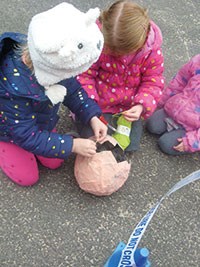 A few children then asked if it would be possible for them to put Humpty Dumpty together again. This involved much patience and concentration as they attempted to piece him together with Sellotape, masking tape and string. Unfortunately, real life mirrored the nursery rhyme, and the children concluded that they couldn’t put Humpty Dumpty together again.
A few children then asked if it would be possible for them to put Humpty Dumpty together again. This involved much patience and concentration as they attempted to piece him together with Sellotape, masking tape and string. Unfortunately, real life mirrored the nursery rhyme, and the children concluded that they couldn’t put Humpty Dumpty together again.
‘I was impressed with the children’s determination despite not being able to accomplish it. If it had simply been a Humpty Dumpty image on a piece of paper there wouldn’t have been the same interest,’ adds Ms Hoare.
‘We have talked a lot about emotions and some children remembered this and started to empathise with Humpty Dumpty. They thought he must be sad because he was hurt.’
They spoke of how it feels to be pushed over, that they were sorry they couldn’t put him back together and discussed how you can hurt on the inside even if it doesn’t show on the outside. ‘Rather than just saying sorry, we encourage children to comfort and help a child who is hurt because “sorry” doesn’t fix everything,’ Ms Hoare says.
SCIENTIFIC EXPERIMENTS
While the crime scene was planned, Ms Hoare says a lot of activities flowed from children’s interests. For example, children becoming interested in eggs led to them conducting a series of scientific experiments.
Ms Hoare discussed how eggs crack and set up an experiment where the children chose different materials to wrap an egg in to protect it from a fall, such as toilet roll, tissue paper and bubble wrap, before dropping it – and making a big mess. ‘We worked out that the lower the height, the less likely the eggs were to crack. Whereas there was more force when the eggs dropped from a greater height,’ says Ms Hoare. ‘This led to us talking about gravity.’ The children were amazed by an experiment where they submerged an egg in vinegar. Gradually the shell dissolved, leaving a translucent egg without a shell.
The children who enjoyed the crime-scene investigation continued to role-play being police, with practitioners resourcing their play with police hats and hi-vis jackets. They also spoke about people who help us.
‘Parents said the children told them about finding Humpty Dumpty in the garden,’ says Ms Hoare. ‘Children continued to go into the garden and show their friends who hadn’t been there what had happened. They created their own stories by playing out Humpty Dumpty and then saying that they thought the teddy pushed him or he just fell.’
MORE INFORMATION
World Nursery Rhyme Week is 19-23 November 2018.
Register for a free resource pack at: www.musicbugs.co.uk/world-nursery-rhyme-week
BOOK CORNER
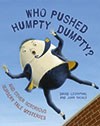 Who Pushed Humpty Dumpty? And Other Notorious Nursery Tale Mysteries by David Levinthal
Who Pushed Humpty Dumpty? And Other Notorious Nursery Tale Mysteries by David Levinthal
Five popular stories with a twist, all told from the point of view of a streetwise police officer called Binky. He questions whether Humpty Dumpty was pushed, Hansel and Gretel claim self-defence, while a wicked witch goes missing.
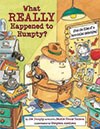 What Really Happened to Humpty? by Jeanie Franz
What Really Happened to Humpty? by Jeanie Franz
This case isn’t all it’s cracked up to be and there are plenty of suspects in this scrambled story of nursery rhyme noir. Little Miss Muffet, Chicken Little and Big Bad Wolf are questioned.
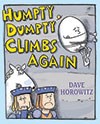 Humpty Dumpty Climbs Again by Dave Horowitz
Humpty Dumpty Climbs Again by Dave Horowitz
Humpty Dumpty is humiliated. All the king’s horses and all the king’s men keep making fun of him, so he hides…
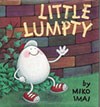 Little Lumpty by Miko Imai
Little Lumpty by Miko Imai
Little Lumpty from the town of Dumpty finally decides to climb to the top of the wall that Humpty Dumpty fell off years ago in this humorous tale.
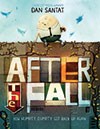 After the Fall: How Humpty Dumpty Got Back Up Again by Dan Santat
After the Fall: How Humpty Dumpty Got Back Up Again by Dan Santat
Now terrified of heights, Humpty can no longer do many of the things he loves most in this poignant tale. Will he summon the courage to face his fear?
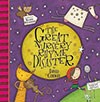 The Great Nursery Rhyme Disaster by David Conway
The Great Nursery Rhyme Disaster by David Conway
Little Miss Muffet is bored of her own nursery rhyme so she goes in search of a new one to be in. But before you can say Peter Piper picked a peck of pickled peppers, the whole book of rhymes is thrown into chaos.
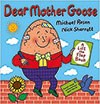 Dear Mother Goose by Michael Rosen
Dear Mother Goose by Michael Rosen
Agony aunt Mother Goose helps Humpty Dumpty conquer his fear of falling and Little Miss Muffet deal with an over-friendly spider, as well as helping a whole host of other much-loved characters in this lift-the-flaps book.
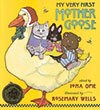 My Very First Mother Goose by Iona Opie and Rosemary Wells
My Very First Mother Goose by Iona Opie and Rosemary Wells
More than 60 of the best-loved nursery rhymes accompanied by beautiful watercolour illustrations filled with distinctive characters. (Look out too for Here Comes Mother Goose, also illustrated by Rosemary Wells.)



